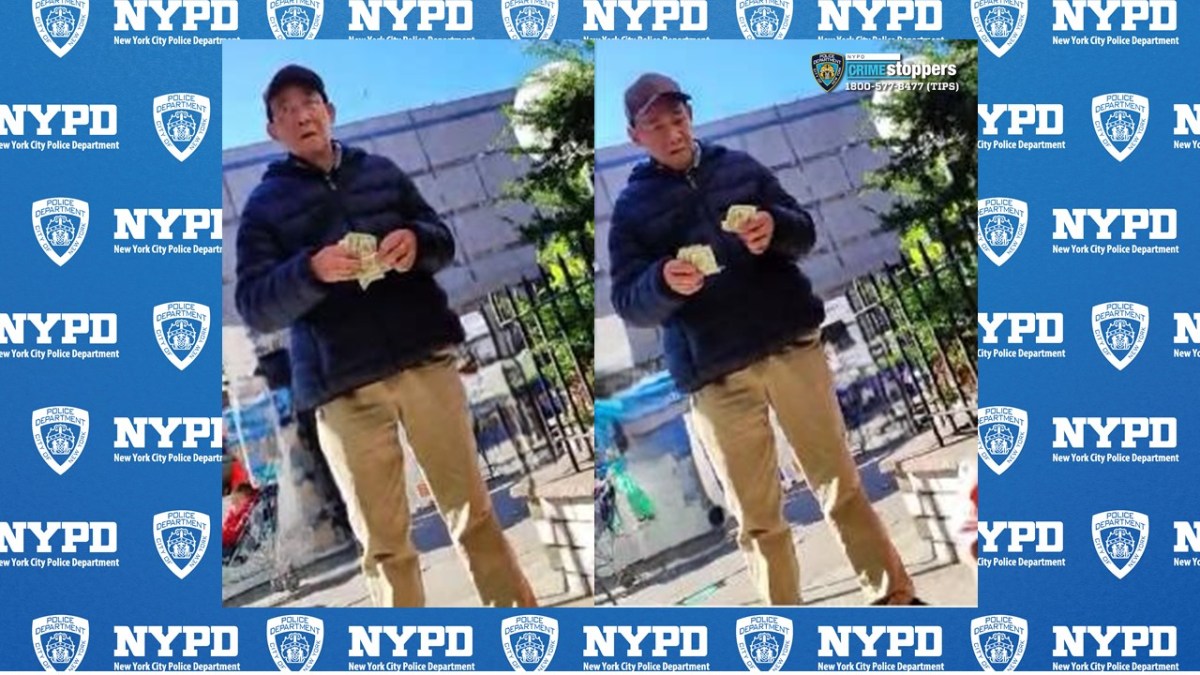Search and rescue drones could help locate those who’ve strayed off the beaten track.
Swiss scientists have developed artificial intelligence that can be used with quadcopters to find lost hikers. The rescue robot, which involved researchers from the University of Zurich, the Università della Svizzera italiana and the University of Applied Sciences and Arts of Southern Switzerland, has already proved to be more accurate at finding missing persons than humans. Metro talks to Davide Scaramuzza, head of the Robotics and Perception Group, about how the mechanical manpower works.
RELATED:Google files patent for drone ‘delivery receptacle’ How did you come up with this idea?
– While drones flying at high altitudes are already being used commercially, they cannot fly autonomously in complex environments, such as dense forests. In these environments, any little error may result in a crash, and robots need a powerful brain in order to make sense of the complex world around them. So, we decided to create this function. What exactly have you created?
– We’ve created artificial intelligence software to teach a small quadcopter to autonomously recognize and follow forest trails.
Why is it important?
– It’s a first in the fields of artificial intelligence and robotics. This success means drones could soon be used in parallel with rescue teams to accelerate the search for people lost in the wilderness. How does your drone work?
– It observes the environment through a pair of small cameras, similar to those used in smartphones. Instead of relying on sophisticated sensors, our drone uses very powerful artificial intelligence algorithms to interpret the images to recognize man-made trails. If a trail is visible, the software steers the drone in the corresponding direction. We achieved this by using a so-called Deep Neural Network, a computer algorithm that learns to solve complex tasks from a set of “training examples,” much like a brain learns from experience. How did you teach the drone?
– We first made our drone “watch” as many images of forest trails as possible. The effort paid off: when tested on a new, previously unseen trail, the deep neural network was able to find the correct direction in 85 percent of cases. In comparison, humans faced with the same task guessed correctly 82 percent of the time. How could drones be helpful?
– Every year, thousands of people lose their way in forests and mountain areas. In Switzerland alone, emergency centers respond to around 1,000 calls annually from injured and lost hikers. But drones can effectively complement the work of rescue services teams. Because they are inexpensive and can be rapidly deployed in large numbers, they substantially reduce the response time and the risk of injury to missing persons and rescue teams alike. What about tracking animals?
– Animal trails are too difficult. We focused on man-made trails because most people who are lost, usually remain around the trails.
What have the first tests shown?
The tests were very successful in recognizing and following autonomously forest trails. The next step is to teach them to recognize persons.
What’s next?
– At the moment it only works during daylight. We want to make it functional in the darkness with the ability to recognize humans.
– By David Casillas
























